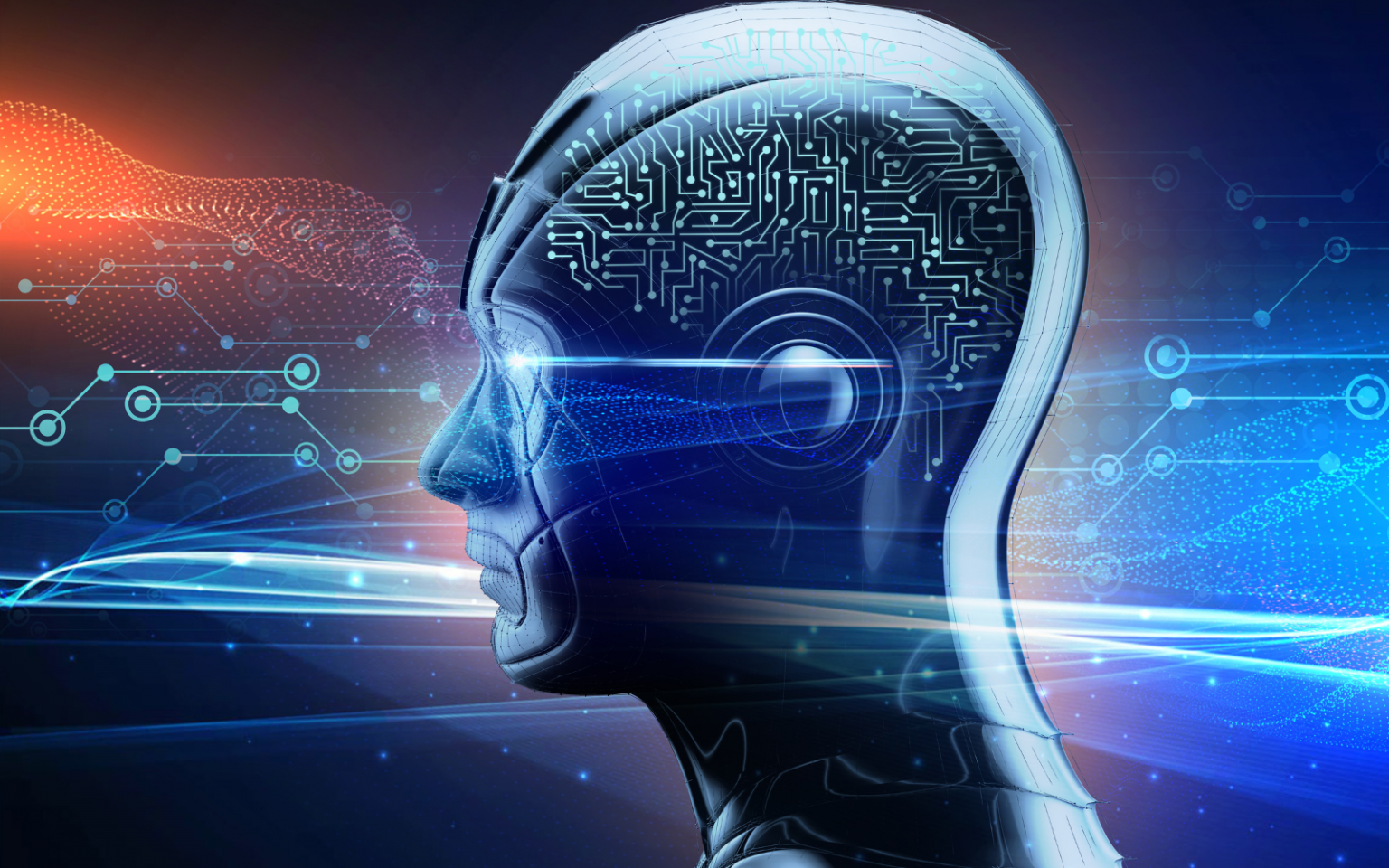Our latest research has found that clickable links on websites can often be redirected to malicious destinations. We call these “hijackable hyperlinks” and have found them by the millions across the whole of the web, including on trusted websites. Our paper, published at the 2024 Web Conference, shows that cybersecurity threats on the web can be exploited at a drastically greater scale than previously thought. Concerningly, we found these hijackable hyperlinks on the websites of large companies, religious organisations, financial firms and even governments. The hyperlinks on these websites can be hijacked without triggering any alarms. Only vigilant – some…
Author: The Conversation
For about 15 minutes on July 21, 1961, American astronaut Gus Grissom felt at the top of the world – and indeed he was. Grissom crewed the Liberty Bell 7 mission, a ballistic test flight that launched him through the atmosphere from a rocket. During the test, he sat inside a small capsule and reached a peak of over 100 miles up before splashing down in the Atlantic Ocean. A Navy ship, the USS Randolph, watched the successful end of the mission from a safe distance. Everything had gone according to plan, the controllers at Cape Canaveral were exultant, and Grissom knew he…
With the Winter holidays now upon us, many people will be looking forward to kicking back with a good novel, or having the time to read longer articles. However, technology is making it harder and harder for us to concentrate on long texts, and many of us give up after a few minutes. Instead, we find ourselves jumping from task to task, or from window to window on the computer and struggle to find the peace of mind to concentrate on anything for more than a few minutes. Whether working or relaxing, we are immersed in nearly constant screen time,…
Digital technology has hugely improved healthcare in many ways. It’s now possible to test patients on the spot – in a clinic or hospital – for many health conditions. Digital diagnostic devices can analyse samples like sweat, saliva, faeces, tears and breath for signs of major diseases such as cancer and HIV. Testing at the point of care – where the patient is being treated – saves time that would have been spent waiting for results to come back from a laboratory. Test results can be stored in a digital medical record to keep healthcare providers informed about a patient’s…
You may have seen headlines that link social media to sadness and depression. Social media use goes up, happiness goes down. But recent studies suggest those findings might not be so straightforward. Although it is true that people’s feelings of envy and depression are linked to high social media use, there is evidence to suggest social media use may not be causing that relationship. Instead, your mindset may be the biggest thing affecting how social media connects to your well-being. People who feel they can use social media, rather than social media “using them”, tend to gain more benefits from their…
Imagine a future where your phone pings with a message that your dead father’s “digital immortal” bot is ready. This promise of chatting with a virtual version of your loved one – perhaps through a virtual reality (VR) headset – is like stepping into a sci-fi movie, both thrilling and a bit eerie. As you interact with this digital dad, you find yourself on an emotional rollercoaster. You uncover secrets and stories you never knew, changing how you remember the real person. This is not a distant, hypothetical scenario. The digital afterlife industry is rapidly evolving. Several companies promise to create virtual…
Recently we have seen the launch of artificial intelligence programs such as SOUNDRAW and Loudly that can create musical compositions in the style of almost any artist. We’re also seeing big stars use AI in their own work, including to replicate others’ voices. Drake, for instance, landed in hot water in April after he released a diss track that used AI to mimic the voice of late rapper Tupac Shakur. And with the new ChatGPT model, GPT-4o, things are set to reach a whole new level. Fast. Drake just dropped a track called “Taylor Made Freestyle” on IG with AI verses from Tupac and Snoop Doggpic.twitter.com/rtELoS8Qs2 —…
The NASA-led Artemis-3 mission will place the first human boots on the surface of the Moon since Apollo 17’s Gene Cernan and Harrison Schmitt left the lunar surface in December 1972. The goal of the Artemis programme is to establish a permanent human presence on Earth’s natural satellite and an economy based around the Moon. Artemis-3 is scheduled for no sooner than September 2026. However, further delays are likely and there are many technical challenges yet to overcome. Some might wonder whether it is going to happen at all. I am convinced it will because, unlike the Apollo programme, which would be unaffordable in today’s climate, the…
South Africa is making efforts to increase the use of solar photovoltaic energy. But it’s happening at a very slow pace. Solar photovoltaic contributes less than 5% to the country’s energy mix, despite the sunny climate, which is very favourable for solar photovoltaic energy generation. So far, less than 10% of households have started using solar photovoltaic power regularly, though evidence suggests rapid uptake in the last few years with a 349% increase in rooftop solar PV capacity from 983MW in March 2022 to 4412MW in June 2023. South Africa urgently needs to change this. It is highly dependent on coal-fired power stations – about…
Communications companies such as Starlink plan to launch tens of thousands of satellites into orbit around Earth over the next decade or so. The growing swarm is already causing problems for astronomers, but recent research has raised another question: what happens when they start to come down? When these satellites reach the end of their useful life, they will fall into Earth’s atmosphere and burn up. Along the way, they will leave a trail of tiny metallic particles. According to a study published last week by a team of American researchers, this satellite rain may dump 360 tonnes of tiny aluminium oxide…










